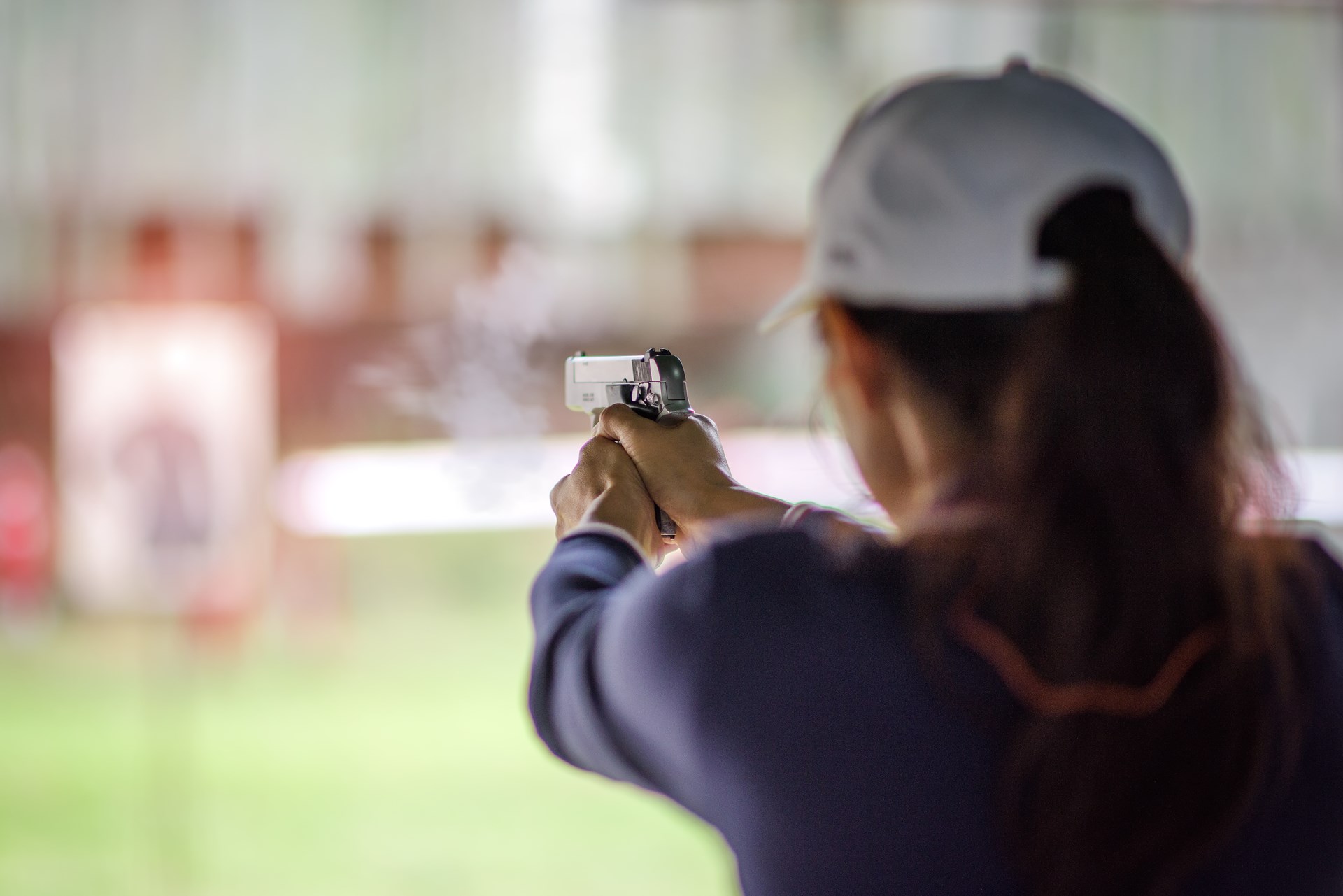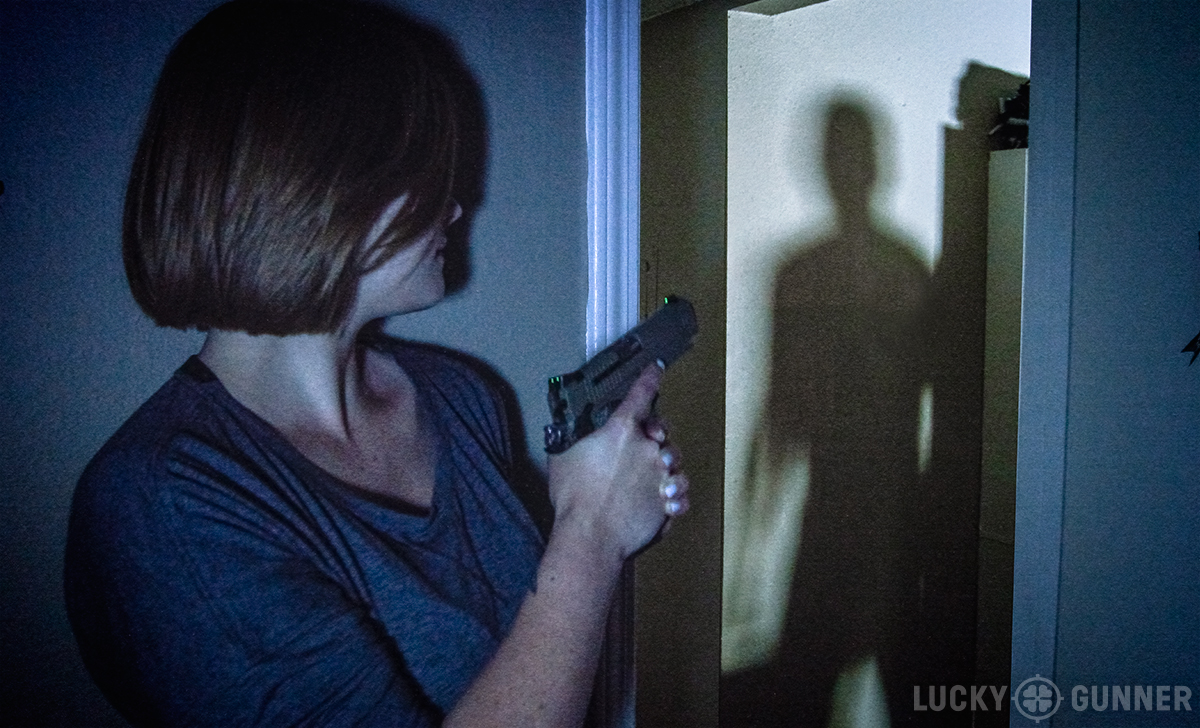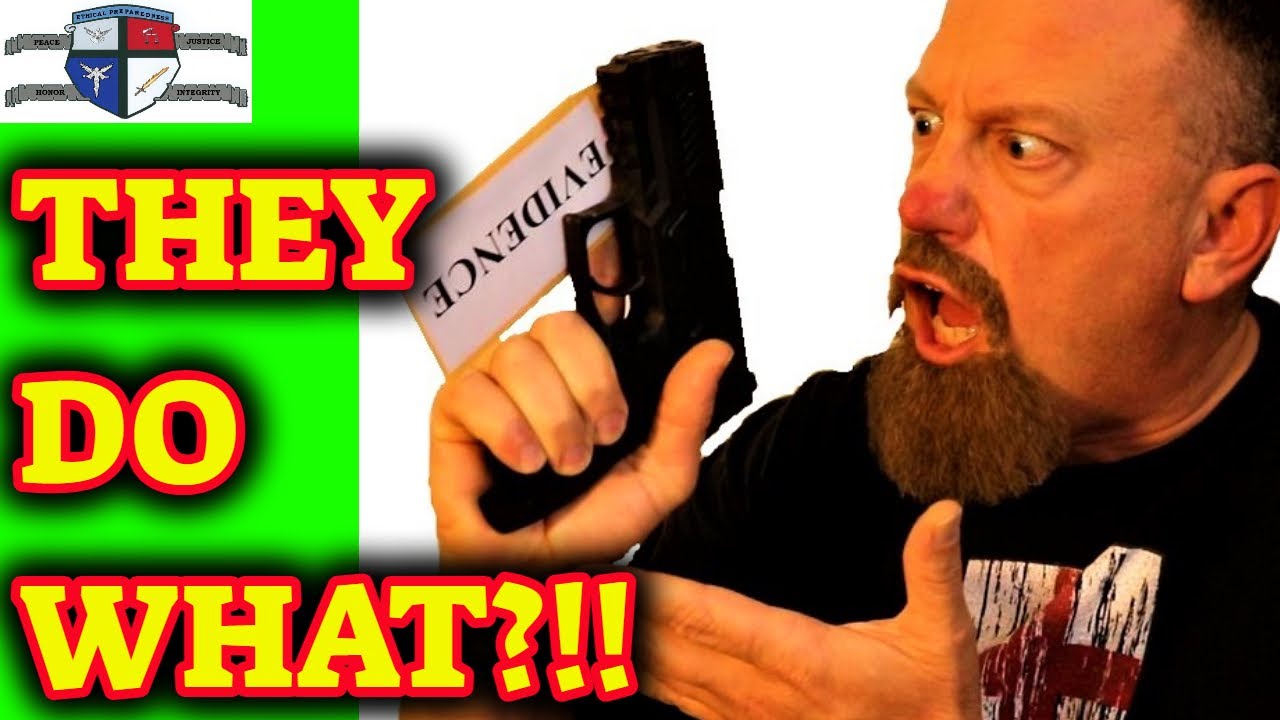In the aftermath of a self-defense shooting, the firearm used in the incident becomes a key piece of evidence. Local law enforcement typically takes possession of the gun and secures it as evidence.

Initial Assessment:

- Once the scene is secure, law enforcement officers will conduct an initial assessment of the incident, including documenting the details of the shooting and collecting the firearm.
- The firearm may be photographed and labeled with identifying information, such as the make, model, and serial number.
Evidence Collection:

- Forensic specialists may examine the firearm to collect evidence, including fingerprints, DNA, and any residue or debris that may be present.
- This evidence can help determine who handled the gun and whether it was fired recently.
Ballistics Testing:
- In many cases, the firearm is sent to a crime lab for ballistics testing.
- This involves test-firing the gun to compare the resulting markings on the bullet or casing to those found at the crime scene.
- Ballistics testing can help determine if a particular firearm was used in a crime.
Safe Storage:
- While the investigation is ongoing, the firearm is typically stored in a secure location, such as an evidence vault or police property room.
- This is to ensure the safekeeping of the gun and prevent it from being accessed by unauthorized individuals.
Return of the Firearm:
- Once the investigation is complete and the firearm is no longer needed as evidence, it may be returned to the owner.
- In some cases, the firearm may be forfeited to the government if it is determined to have been used in a crime or if the owner is prohibited from possessing it.
Legal Considerations:
- The legal implications of a self-defense shooting can vary depending on the jurisdiction and the specific circumstances of the incident.
- In some cases, the individual who used the firearm may face criminal charges, particularly if the shooting is deemed to have been excessive or unjustified.
- In other cases, the individual may be protected by self-defense laws and may not face charges.
It’s important to note that the exact process for handling a firearm after a self-defense shooting can vary depending on the policies and procedures of the local law enforcement agency and the specific circumstances of the incident.






